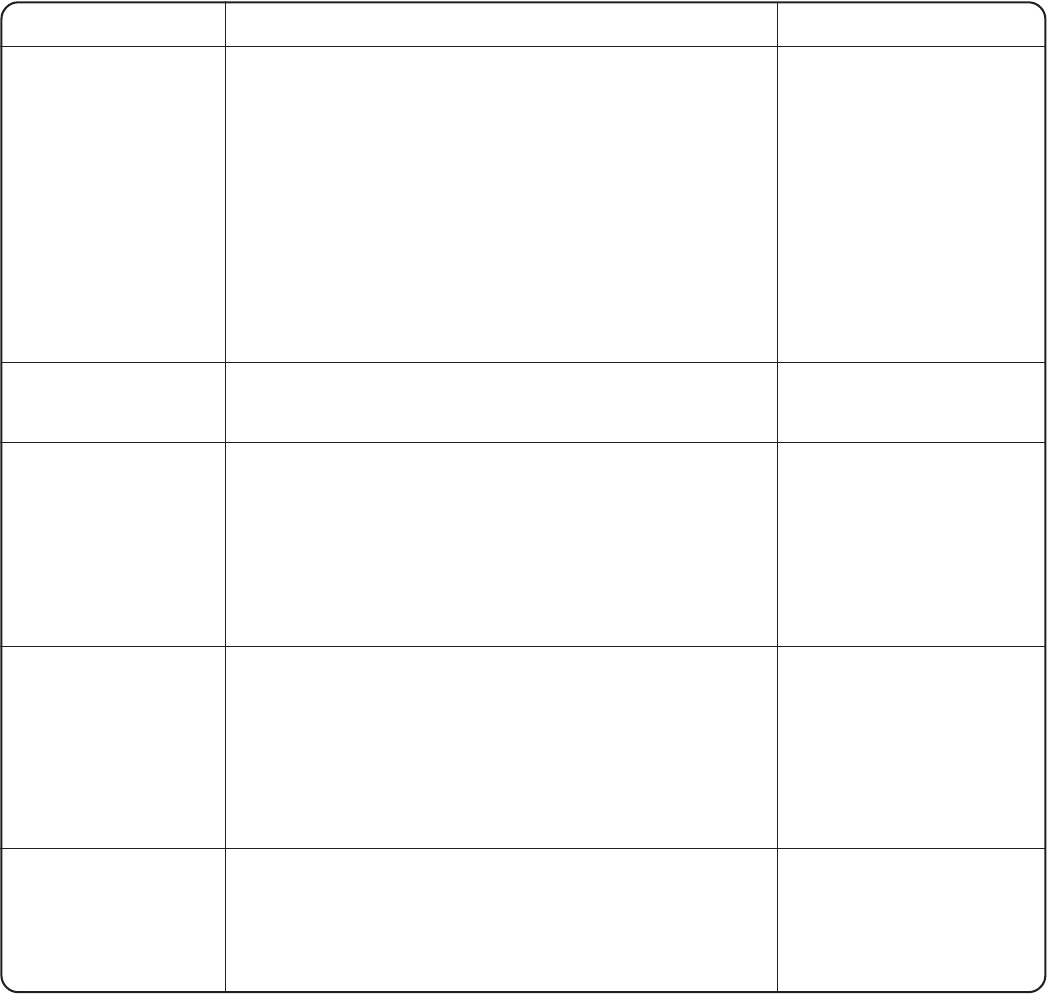
175
1. The needle tension is too tight.
2. The needle thread or the bobbin thread is not
threaded correctly.
3. The needle is too heavy for the fabric being sewn.
4. The stitch length is too long for the fabric.
5. The presser foot pressure is not adjusted correctly
*When sewing extremely lightweight materials place
interface underneath the fabric..
6. The fabric is not pulled tightly enough on the
embroidery hoop.
1. The presser foot pressure is not adjusted correctly
2. The correct presser foot is not being used.
1. The feed dog is packed with lint.
2. The presser foot pressure is too weak.
3. The stitches are too fine.
4. The fabric is not fed when sewing is starting.
5. The feed dog is lowered.
6. The correct presser foot is not used.
1. The machine is not plugged in.
2. A thread is caught in the hook race.
3. The control circuit is not working correctly.
4. The start/stop button is used for ordinary sewing
with foot control plugged in.
1. Something is caught between the carriage and the
arm.
2. The carriage is touching something around the
machine.
Seam puckering
Slipping fabric
The cloth is not
feeding
smoothly.
The machine does
not run.
Strange sounds
occur when the
machine is
switched on.
See page 41.
See pages 13, 14.
See page 19.
Make stitches denser
See page 24.
See page 121.
See page 24.
See page 22
See page 173.
See page 24.
Make stitches coarser.
See page 35.
See page 24.
Use the correct foot.
See page 7.
See page 173.
Turn the switch off
and turn it on again.
See page 8.
See page 122.
Remove the object.
See page 122.
Problem
Cause
Reference


















